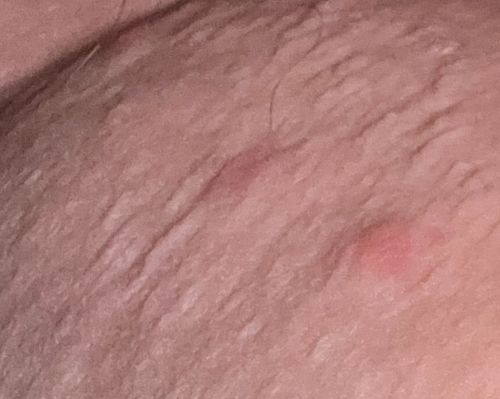Bed Bug
Scientific Name: Cimex lectularius
Order & Family: Order: Hemiptera, Family: Cimicidae
Size: Adults: 4-5 mm (0.16-0.20 inches) in length, similar to an apple seed. Nymphs are smaller and translucent.

Natural Habitat
Found in human dwellings, particularly in bedrooms. They prefer hiding spots close to where hosts rest, such as mattresses, bed frames, headboards, and cracks in walls or floors. They can also hitchhike on luggage, clothing, and furniture, spreading to new locations.
Diet & Feeding
Strictly hematophagous, meaning they feed exclusively on blood, primarily from humans but also from other warm-blooded animals if humans are not available.
Behavior Patterns
Bed bugs are primarily nocturnal, feeding on humans while they sleep. They are attracted to warmth and carbon dioxide. They hide in cracks and crevices during the day, such as mattress seams, bed frames, furniture, and behind wall coverings. Females lay their eggs in secluded locations.
Risks & Benefits
Potential Risks: Bed bug bites can cause itchy red welts, leading to skin irritation and secondary infections from scratching. While not known to transmit diseases, their presence can cause significant psychological distress, sleep deprivation, and allergic reactions in some individuals. Potential Benefits: There are no known benefits of bed bugs to humans or the ecosystem; they are considered pests.
Identified on: 9/4/2025